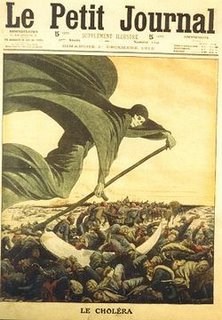Ton Up, here's to the New Year!
My Celebrity lookalikes
I have been trying to avoid this post for three reasons. 1) I am on holiday and should really be forgetting about all this for a bit! 2) I wanted to wait until hogmanay/New Year and post this message, and 3) It's my hundredth post, so wanted to make it a little bit different. Regarding 1), I'm afraid blogging becomes a bit addictive, as does reading the feeds of others-thanks to Tony Cassidy for the link to the excellent site above!Try your own photos. As for 2), Tony also threw down the gauntlet for New Year resolutions and I felt compelled to respond-see below. For 3), hopefully these resolutions read not just as a wishlist for me, but an idea for you, the students, as to some of the things you can expect to see more of on the blog and in the class in the coming year. So, here goes....
1) My biggest wish is to use more digital video in class. By that, I mean things that I have created on my own, or that you have created, as I still feel I rely on others material too much. Not only that, our chronic lack of decent and up to date videos could be combatted by relevant, real life examples of geography happening. My grandfather recently purchased a great digital moviecam, and although he doesn't realise it yet, this is my professional development for the coming year!
2) Use your hands! I think some of the most enjoyable and successful geography of the last year has been in lessons where people had to make things in groups. The favelas lessons were brilliant to be a part of, as was the trading game. I want to use the earthquake shaker, maybe something with volcanoes, and basically, I'm game to try anything a little different which makes your lesson memorable.
3) Develop a knowledge of place. I am always shocked by the lack of awareness, not just among students, but staff as well, as to the whereabouts of places which crop up in our discussions. I use Google Earth most days now, but an atlas still presents a problem, and I'm thinking about introducing a 'Country of the Week' focus, probably for lower years.
4) Work with other departments. There was an excellent idea that I chanced upon while reading for an interview for a development post (unsuccesful!) where people were encouraged to choose a topic of their own bidding and write about it-the only stipulation was that their written work must incorporate three subject areas. Great potential for raising Geography's profile in the school and letting people see the absolutely crucial role it has in helping us understand so many issues relevant to their lives.
5) Develop the student blog. I am really pleased with how this has been used for short homework's , but can't help thinking that this is something better suited to the various wikis that we're running. My original intention was to use the blog to showcase success, and this will be my focus when I get round to it.
Others which may or may not happen. Think I may have to switch to edublogs after something I read about blogger being re-categegorized by Scottish schools. More outdoor experiences-the best and most rewarding, and ultimately the most memorable experience of Geography for most pupils. Pod/Vodcasts for Higher-My feedback from last year on Ollie's podcasts was brilliant, but feel I could be doing a little here. Follow up on promises-regular readers will see some things which are mentioned then disappear without trace. Time's a big enemy, but this is my third year proper of teachimg and every year has seen my time management get a little better, so hopefully this remains true. Use more music in classes-any time I have, it changes the mood, I feel, for the better, and I also think it can create good discussion. There are loads more but I'm going to stop there.
Just a huge word of thanks to Tony, Noel, Alan, Ollie and others for all the links over the last ten months, and the inspiration from Ewan to start in the first place. I can't promise a virtual birthday party come February, but I'll raise a glass to you all at the bells....










